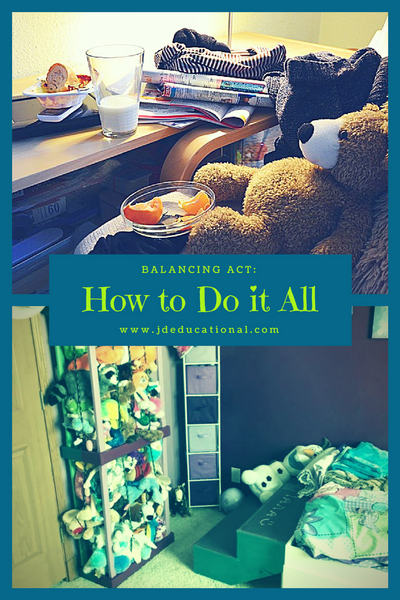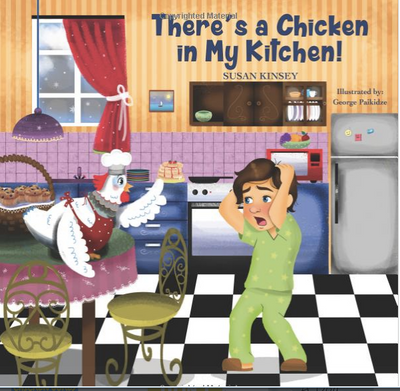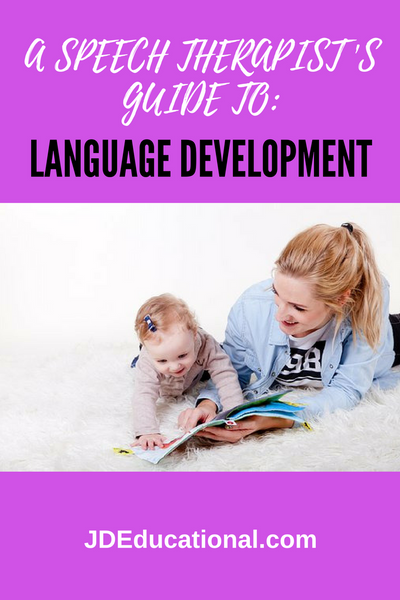Home-based learning environments tend to be one of the most complicated and multi-functional spaces in a home. Not only do parents need to make room for the variety of crafts, toys and other materials, there also needs to be space for adults.

A home is not only for learning and growing, but also a place where spending time together as a family is key. So, as a parent, where do you put all of this stuff without it taking over the entire home? Creating a simple, organized and mess-free play space is a large task, but with some pre-planning, it is possible.
Finding that "right" space where there isn’t a lot of foot traffic is extremely important. Spend two days observing the common areas of your home. While doing this, make some mental notes as to what areas aren't used often and where adults tend to gather. If there’s a corner or a wall of a common room that isn’t needed on a regular basis, that’s the perfect spot for a play area. When a child is playing, she/he is tapping into their creativity and telling a story. Waiting until the child finishes their play allows that child to complete their story they were creating, whether it’s with a baby doll, building blocks, cars and trains - or another favorite toy. Completing tasks without constant interruptions will allow a child to form a beginning, middle and end (a full-circle) of play.

Next, what you should place in this learning environment is dependent on the child's age and developmental level. A toddler will play with something different then a five year old. No matter what age the child is, there are certain "must haves" for their space. These include: a quiet spot (either a bean bag or large pillow), books, puzzles, stuffed animals or baby dolls, an assortment of blocks, art materials and plastic or wood animals. When there are multiple-aged children in your home, be sure to give each one their own space, either by separating their areas - or using two different types of shelving units to visually demonstrate what is theirs.
Organizing materials into functional and workable environments will support the process of learning in a practical, step-by-step fashion. This ensures that the space is easily kept clean and visually pleasing. Each toy should have its own dedicated space. For small objects, sort them by category and place them in small baskets or plastic bins (balls, cars and trucks, train tracks, books, paper, crayons, etc).

If possible, take a picture of the items when they’re separated and attach the pictures to their appropriate bin or basket. These containers can be placed on the floor or in a shelving unit against the wall. Provide a children's table, or allow them to take artwork to the main table in your home.
Sometimes children have too many different toys, which can cause toy chaos. Pick out no more than ten to twelve toys, which fall into the categories listed in the above paragraph. Place the rest of the items into large plastic storage bins and put them in a closet, garage or outdoor shed. Children will get bored when they play with the same toys over and over again. A typical toy rotation schedule is every three to four weeks, although some children get tired of toys quicker than others. If you notice the child becomes less engaged with the materials that are set out, rotate them with some of the materials from the storage bins. Watch as the child rediscovers their love for a toy they had previously lost interest in.
Lastly, learning to put away toys and stay organized at an early age helps prevent clutter over time - and will also teach children respect for their items. To make sure that the child takes ownership and pride in keeping the play area clean, insist that every time they finish with a project or an activity, they clean up the play area. Remember to always praise them with "Thank you for listening" or "Wow, you did that all by yourself" when they finish.

If clean up time is a struggle, encourage them to clean up by trying these ideas:
1) Play a clean-up game: Using your watch, have a race against the clock! How long will it take them to put the toys away?
2) Sing a Song: The Barney "Clean- Up" Song is a very popular choice.
3) Use this time as a Teachable Moment: "Let's put all of the red things away first!"; "Can you find all the red items?"
4) Help Out: Having some help from a parent tends to be a motivator. "You put the trucks away and I will put the balls away."
Creating an indoor learning space in your home is not easy. Your home is filled with daily living. Where/what did you decided to put in your learning environment?
 Was this interesting to you? Sign up here to receive our new blogs as soon as we publish them!
Was this interesting to you? Sign up here to receive our new blogs as soon as we publish them!







